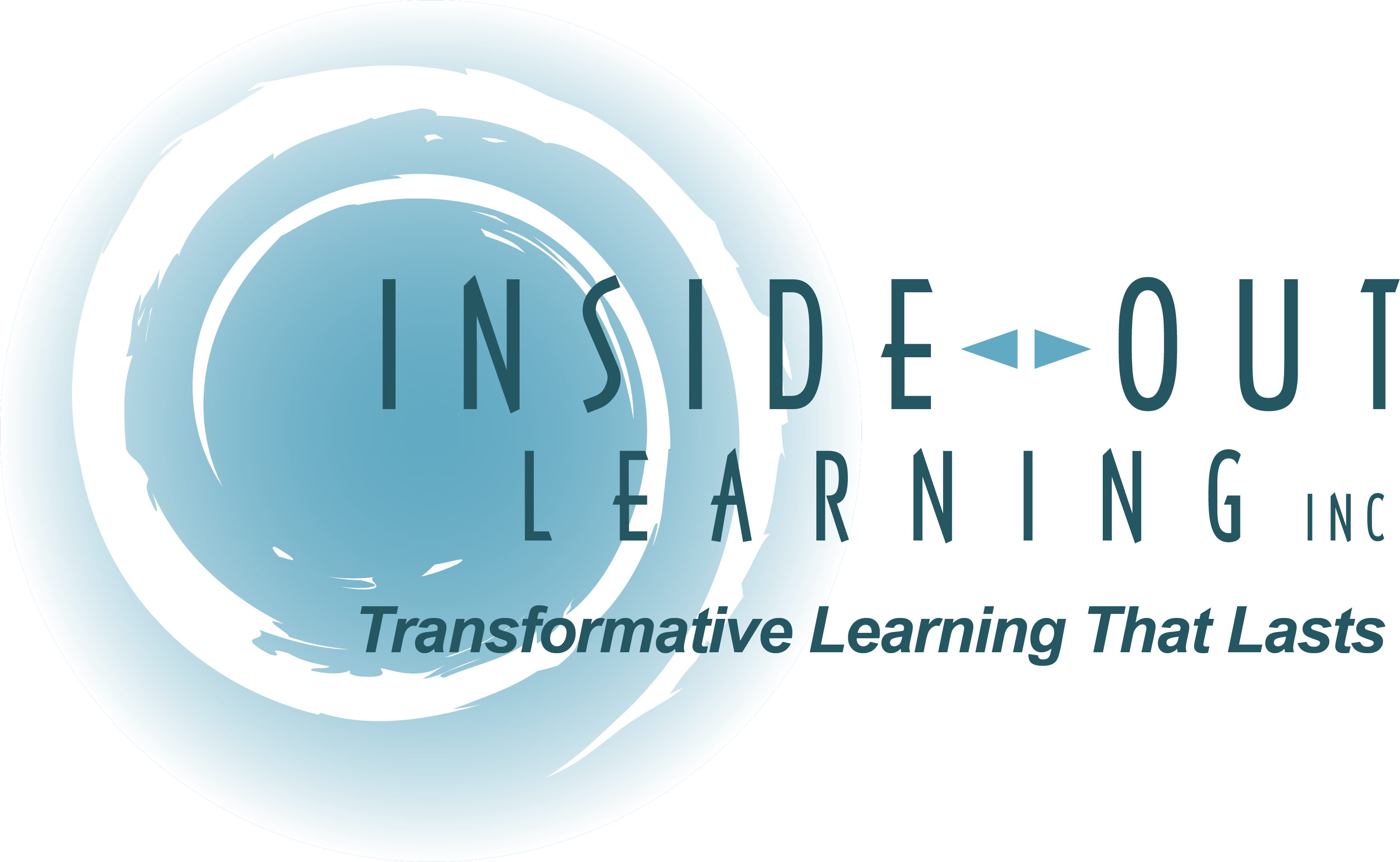Five Steps To Get Your Organization Change Ready – Forbes
*Forwarded from Feedly*
Five Steps To Get Your Organization Change Ready – Forbes
Many businesses are faced with a choice: evolve or die.
getty
If the decade that followed 2008 was defined by the credit crunch, the same will be true for coronavirus and the decade ahead. Make no mistake: this is not one big event followed by a return to normality (whatever “normality” is). Instead, many years of significant upheaval lay ahead, as consumers, companies, and countries wrestle with the long-term consequences of the pandemic.
Many businesses will need to evolve or die—indeed, the evidence for this is all around us. Away from certain industries (such as fast food and entertainment) that have been uniquely impacted by virtue of what they do, coronavirus has shone a harsh and unforgiving light on poor business models, poor business practices and poorly managed balance sheets. It has also accelerated certain trends—for example, the final (and historically inevitable) triumph of ecommerce over bricks and mortar retail.
Many leaders need to fundamentally and urgently help their organizations become more responsive, resilient and innovative. At heart, this means changing how their people work together.
How do you prepare your organization for change?
There are five steps. They are deceptively simple. Most organizations fail at change because they omit one or more of these steps, believing them to be less important than just “cracking on”. Or they handle them badly, often because of muddied thinking or a desire to avoid discomfort.
In my practice we teach the world’s leading organizations how to execute these steps brilliantly, and in doing so they are often surprised by the progress that they can make (as I’ve mentioned before, the basics often represent the highest form of skill).
Step 1: Set a vision for change
What does your business (or industry) look and feel like when you’re on the other side of this? That’s your vision for change.
It should be pegged to a clear timescale and set of metrics.
At times of upheaval, the temptation is to sacrifice vision at the altar of experimentalism (“we’ll determine where we’re going by experimenting our way there”). But the purpose of the vision is to determine the destination, not the nature of the journey.
Fail to set a vision, and you have failed to define what you are trying to achieve. This is not a strong start.
Step 2: Develop your change strategy
A strategy is a high-level plan to achieve a desired outcome. Good strategies can be written on a single page—they are simple but not simplistic.
Good strategy is also coherent: the actions defined reinforce and support one another. This will often require sales, marketing, operational, financial and people-related considerations to be integrated, then cascaded out.
The two most common errors are mistaking objectives and/or tactics for strategy, which leads to inefficient, ineffective plans.
Before starting any change process, it is vital to assess feasibility.
Getty
Step 3: Assess feasibility
Before embarking on change, it is vital to consider how ready your organization is for the process. Many change projects fail because leaders don’t do this, and instead just steam ahead in the vague hope that energy or willpower will overcome whatever lies ahead.
Feasibility has two components. The first is technical feasibility, of which the core question is “do we actually have the capabilities to do what we are asking of ourselves?” The second is cultural feasibility. It forces leaders to consider human dynamics: “are our ways of working going to help or hinder us from getting where we want to go?”
A good assessment is clear-eyed about organizational strengths and weaknesses, and practical in its focus. A useful tool to help you achieve this is the “pre-mortem.” Detailed here, it can foster helpful discussion about preventative action as you move into execution.
Step 4: Coach for conflict
Conflict is a healthy and necessary part of change processes—if leaders allow it to be. In reality, conflict is inevitable, for the simple reason that the solutions an organization needs to address the problems it faces are rarely obvious. The basic choice you have is whether or not the conflict brings out the best in your people, or the worst.
Many people struggle with conflict. This is because of our innate desire for survival: we worry that we will “lose” and therefore end up cast out of the “tribe”, or relegated within it. This suppresses often necessary debate, and drives inefficiency and error into change processes.
Start by acknowledging the fact that conflict is going to occur during change. Discuss with your team how you want to handle it, individually and collectively. Make agreements on that basis and review them openly and periodically. Coach behavior as required.
Step 5: Communicate, communicate, communicate
A truth about work: in the absence of communication people will always believe the worst of the weirdest thing. Change requires clarity about context—and this is established by a process of reconnecting your people to vision and strategy, often daily. It is for this reason that we often say to leaders: the job of leading through change is the job of mind-numbing repetition.
A useful rule of thumb: at times of crisis, take the communication frequency that you default to, and double it.
These steps sound easy. They are not. In fact, many of them will stretch and test even experienced leaders in new and unfamiliar ways. Change is hard: people can be unpredictable, circumstances are ambiguous, and resources are often finite.
Ignore the temptation to complicate. Instead, continue to focus on these five steps, and you might be surprised at how far you travel.
via organizational change “https://ift.tt/39CuAcx”
September 29, 2020 at 05:34AM
